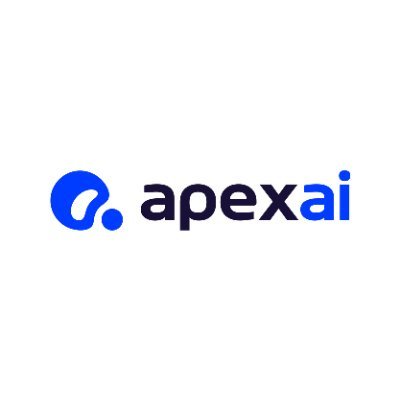Precio de ApeCoin
en USD

Sobre ApeCoin
Aviso
OKX no proporciona recomendaciones de inversión o de activos. Debes considerar cuidadosamente si el trading o el holding de activos digitales es adecuado para ti a la luz de tu situación financiera. Consulta a tu asesor legal/fiscal/profesional de inversiones para preguntas sobre tus circunstancias específicas. Para obtener más información, consulta nuestros Términos de uso y Advertencia de riesgo Al usar el sitio web de terceros ("Sitio web de terceros" o "TWP"), aceptas que el uso del TWP estará sujeto a los términos de TWP. Salvo que se indique expresamente por escrito, OKX y sus afiliados ("OKX") no están asociados de ninguna manera con el propietario u operador del TPW. Aceptas que OKX no es responsable de ninguna pérdida, daño ni cualquier otra consecuencia generada por tu uso del TPW. Ten en cuenta que usar un TWP puede generar una pérdida o reducción de tus activos. El producto puede no estar disponible en todas las jurisdicciones.
Rendimiento del precio de ApeCoin
ApeCoin en las redes sociales

Guía

Crea una cuenta de OKX gratis.
Añade fondos a tu cuenta.
Elige tus criptos.
Preguntas frecuentes sobre ApeCoin
Descubre más sobre ApeCoin
ApeCoin es un token meme ERC-20, basado en Ethereum. Como token de utilidad y gobernanza del ecosistema APE y del popular token no fungible (NFT), Bored Apes Yacht Club (BAYC), ApeCoin tiene numerosos casos de uso. Por ejemplo, los titulares de ApeCoin pueden votar en la organización autónoma descentralizada (DAO) y acceder a artículos, servicios, juegos y eventos exclusivos.
ApeCoin también incentiva a los desarrolladores y participantes de la red a incorporarla a sus juegos y aplicaciones. También puede utilizarse como una criptomoneda, que sirve como medio para realizar transacciones dentro del ecosistema. El protocolo ApeCoin es el código que ejecuta ApeCoin.
El ecosistema APE comprende tres importantes estructuras de gobernanza: Ape Foundation, ApeCoin DAO y el consejo de ApeCoin DAO. Las tres son esenciales para asegurar la red y hacerla abierta y sin permisos. Esto hace que sea más fácil para los usuarios colaborar y desarrollar proyectos y aplicaciones en la red de código abierto.
Precio de ApeCoin y tokenomics
La oferta total de tokens APE está limitada a 1.000 millones. El 62 % de los tokens se distribuirá entre la comunidad DAO de ApeCoin, mientras que el 15 % será destinado a los titulares de NFT de BAYC y MAYC.
El 16 % se destinará a Yuga Labs, con una parte asignada a la fundación benéfica de la primatóloga Jane Goodall que apoya a los simios de la vida real. El 14 % se destinará a los contribuyentes que ayudaron a lanzar el protocolo ApeCoin. El 8 % restante se destinará a los fundadores de Yuga Labs y BAYC.
De los mencionados, 1.000 millones de tokens, el 26 %, se desbloquearon inmediatamente, mientras que los demás se desbloquearían gradualmente a lo largo de 48 meses. Además, la red ha bloqueado los tokens asignados a los colaboradores del lanzamiento y a los fundadores durante 12 meses. Por último, la red ha optado por un mecanismo de no quema, asegurando un suministro fijo de 1.000 millones de tokens.
Acerca de los fundadores
Apecoin es un proyecto descentralizado basado en BAYC de Yuga Labs. Yuga Labs fue fundada en 2021 por Greg Solano y Wylie Aronow y está detrás de una de las colecciones de NFT más apreciadas y populares, BAYC, que recientemente superó a CryptoPunks.
Yuga Labs también lanzó Bored Ape Kennel Club (BAKC) y Mutant Ape Yacht Club (MAYC), que comenzaron a venderse por millones de dólares en los mercados secundarios. El hito más reciente de la empresa es su adquisición de CryptoPunks y Meebits, dos colecciones de NFT de increíble éxito en la comunidad.
Yuga Labs también anunció recientemente el lanzamiento de Otherside, su nuevo proyecto de metaverso que se está construyendo en colaboración con Improbable y Animoca Brands.
Declaración de GEI





































